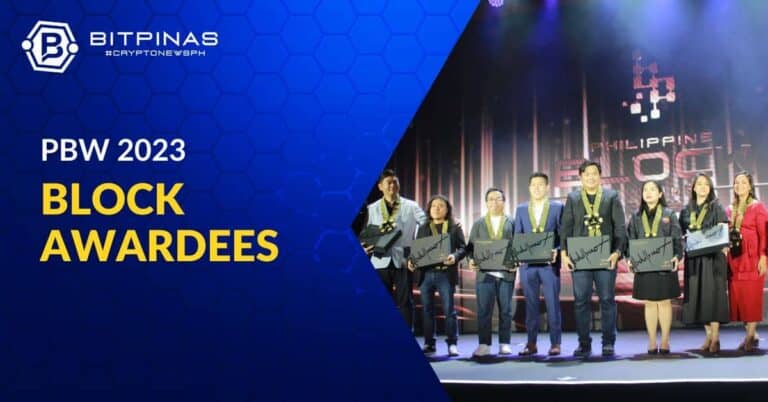Recap: CryptoPH Conversations No Holds Barred Q and A with Luis Buenaventura
Here’s a recap of what was discussed during the inaugural #CryptoPH conversations with Luis Buenaventura.
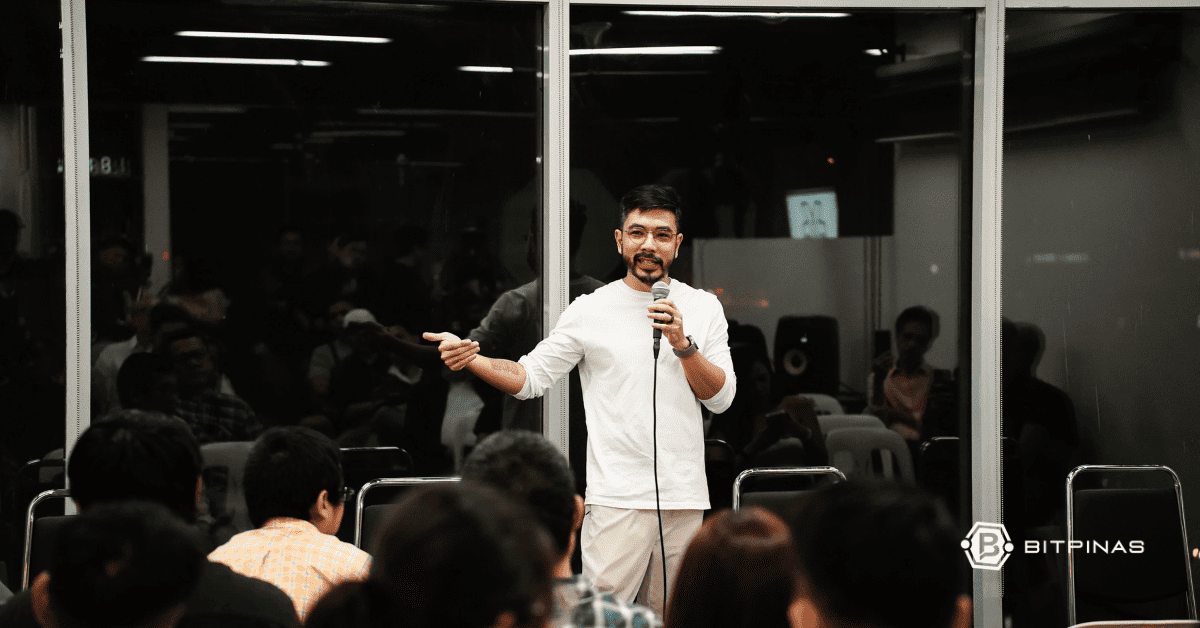
The first #CryptoPH Conversations meetup organized by BitPinas and crypto though leader Luis Buenaventura was held in collaboration with BLINC/BITSHARES LABS and featured GCRYPTO as a key partner. This in-person meetup consisted of two engaging segments that shed light on the forces driving the cryptocurrency industry forward.
The first segment featured a deep-dive discussion and a Q&A session with Buenaventura, a prominent figure in the Philippines’ cryptocurrency scene. The second segment assembled a panel of speakers, including Henry Banayat of BLINC and Christopher Star of Web3 PH, who delved into various aspects of cryptocurrency and web3. To encourage active participation, attendees were encouraged to come prepared with a question for the event.
Here’s a recap of the discussions at #CryptoPH Conversations Meetup:
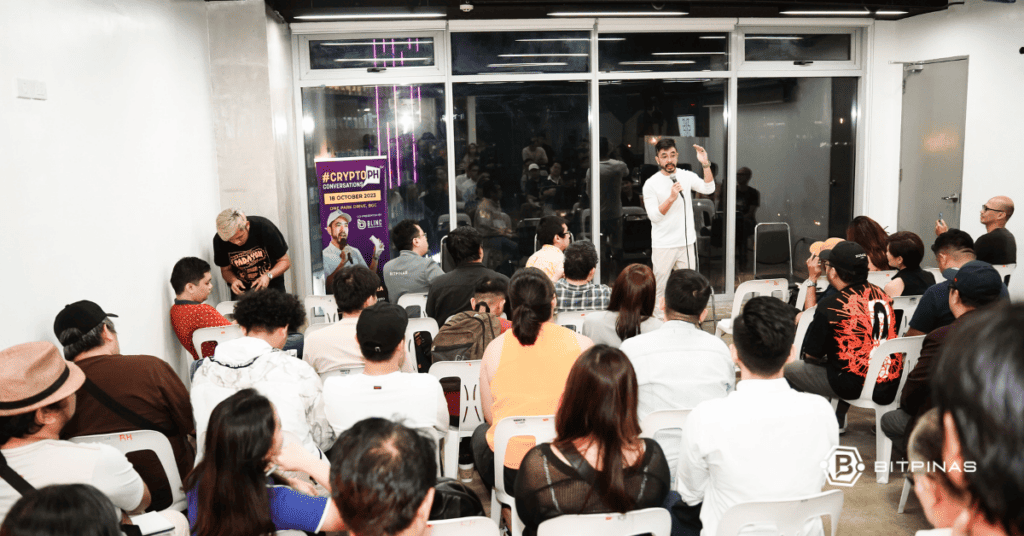
On Mass Adoption
- During the AMA session with Buenaventura, he explained that the mass adoption of crypto cannot be compared to how Filipinos adopted e-wallets and became cashless:
- “So we had 100 million Filipinos in lock down and a lot of them were losing their jobs and they were all kind of suddenly learning how to do online transactions for the first time. And so GCash, Maya, and (other) mobile wallets saw huge surges of users because they didn’t have a choice. They had to learn, and we’re not there yet. We’re principled because we still have choices.”
- Moreover, Buenaventura also stressed that one of the benefits of using crypto is that because the market is volatile, its fiat value could rise, which is considered trading. But he expressed that he does not see it as key player to drive adoption.
- “I think that we’ll ever get to the point where we’re using it like payment, but we have to get over that hurdle first because it’s too hard to get people on board. I wanna keep working in this industry, primarily because I feel that problem hasn’t been solved.
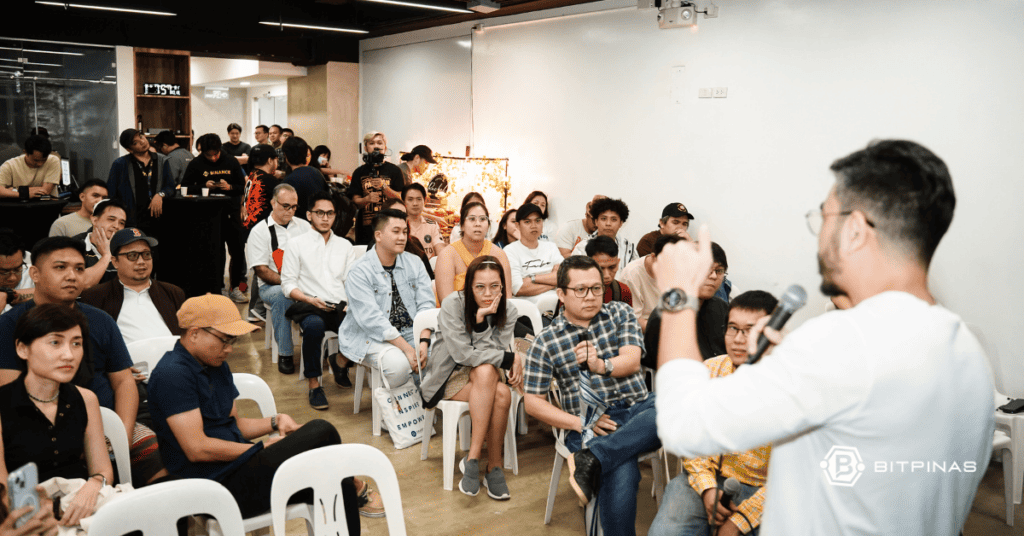
On CBDC
- CBDC is a digital currency centralized, issued, and regulated by a central bank that can serve as a medium of exchange or store of value. It is essentially the digital form of a central bank’s traditional money utilizing blockchain technology.
- Recently, the BSP revealed that it has chosen Hyperledger Fabric as the Distributed Ledger Technology (DLT) for its wholesale Central Bank Digital Currency (CBDC) pilot, dubbed Project Agila and formerly Project CBDCPh.
- According to Buenaventura, upon checking smart contracts of some countries’ CBDC projects, he observed that they just look like an “average stablecoin smart contract.”
- But he also found an alleged red flag: CBDC issuers have the power to shut down the access of a user that they do not want.
- “There are functions there for blacklisting or freezing addresses, so whoever owns the smart contract has direct ways. It’s not even hidden on the code literally says freeze unfreeze, and they have the right ways to get rid of people’s money.”
- He then emphasized that for him, the purpose of blockchain to eliminate the control of a central authority has been defeated:
- “It kind of defeats the purpose of the idea that you make these currencies something that is not sensible, so it kind of goes against the ethos entirely. Why are you doing that? Who wants to use crypto on the blockchain that can be censored by a government? That is the purpose.
- Buenaventura also pointed out that the first countries that launched their own CBDC systems were communist countries. Because, as per the #CryptoPH champion, CBDCs give them more control over their people’s money.
- “If only we had created some kind of technology that would allow us to transfer value from one person to another that could not be censored—I guess cryptocurrencies, right? I mean, so we had to go back here, what was the reason for cryptocurrencies? Well, might be because we need an alternative to see. So there you go, we already have the solution.”

Real World Assets on DeFi Space
- During the event, Buenaventura also promised to give away Yubico Security Key to the person with the most difficult/thought-provoking question. The victorious question is from Jean Maruyama: RWA is catching a lot of attention lately in the DeFi landscape, how big do you think will be the impact of RWAs on DeFi and the future of cryptocurrencies? How do regulations come into play in DeFi RWAs?
- Real world assets (RWAs) are physical assets that have value and can be brought on chain by tokenizing them and issuing digital securities. Examples of RWAs are precious metals, commodities, real estate, land, equipment, and natural resources.
- For Buenaventura, this idea is interesting as personal assets can be turned into crypto and vice versa.
- One example he gave is about the Rolex that is set to be mortgage (sanla) in exchange for crypto.
Luis’ Advice on Non-Developer Builders in the Space
- Buenaventura shared that a startup founder he mentored cried out because of frustration in building during the crypto winter.
- According to him, what he told to the founder was to lower expectations, hinting that not everything someone wants always happen.
- “If you could just maintain 1,000 people in a bear market, panalo ka na eh.”
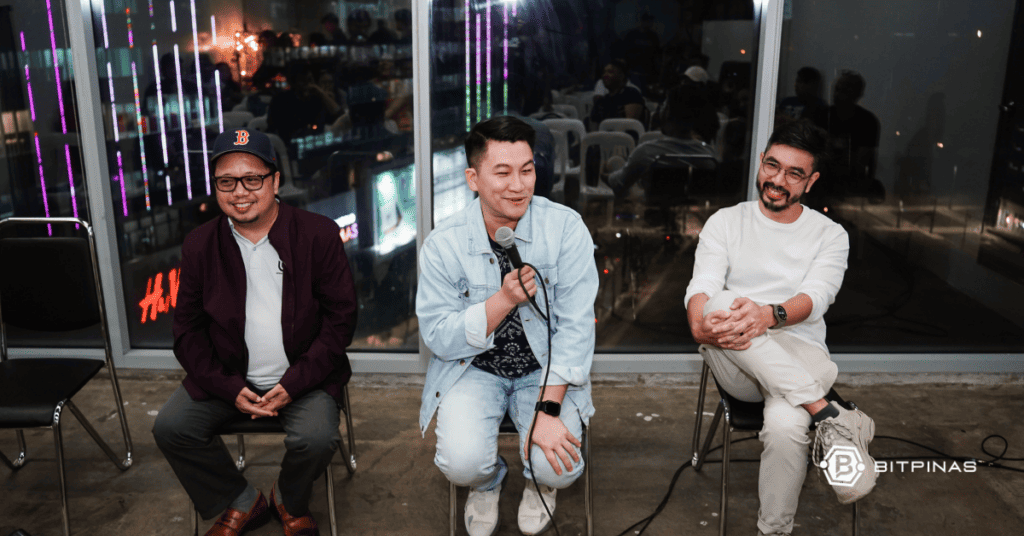
Until When Will They Stay in This Industry?
- During the panel discussion, NFT Artist and Titik Poetry Founder Verlin Santos took the opportunity to thank Banayat for supporting the Filipino NFT artists. In September, Banayat was one of the top NFT collectors during the Tezos Kultura event.
- Santos then asked the panel, if until when will they support and stary in this industry.
- According to Banayat, he just wanted to collect without expecting something in return: “It’s just a collection and the art is really very good. And it’s really worth collecting.”
- Meanwhile, for Star, he is aiming to bring back to the community how it helped him when he was just learning about the industry:
- “I’ve been in the space for a long time na. It’s been my passion talaga to share what I learn, kasi the reason that I am here today is because of those who love me. So helping this community is not because I get something from it, for me, I felt like i need to give back to the community.”
- On the other hand, Buenaventura jokingly said: “I really don’t like Philippine Peso. I think I will continue working on this until the Philippine Peso does not suck anymore.”
- But on a serious note, he explained that “The idea of crypto is that we give up on monetary policy that is run by humans and trust the math instead. I’m not saying that that is the correct path, but at least it’s the alternative.”
As Known Leaders in the Industry, What Are They Hoping for the Country?
- The first thing that Banayat answered was to eradicate corruption in the Philippines, which for him, will be solved by blockchain technology.
- “And also, you have better financial monetary system, if we just look at the cryptocurrency and its basics, it’s already perfect,” he noted.
- Moreover, Star shared that there are a lot of Filipinos abroad, working hard for other companies, but Filipinos managing their own companies is always a dream:
- “I feel like opportunities are driven by networks and experience and when people allow to make that flow, opportunities are created.”
- This was seconded by Buenaventura, who exclaimed two wishes: first is no more OFWs, and second is no more heavy traffic.
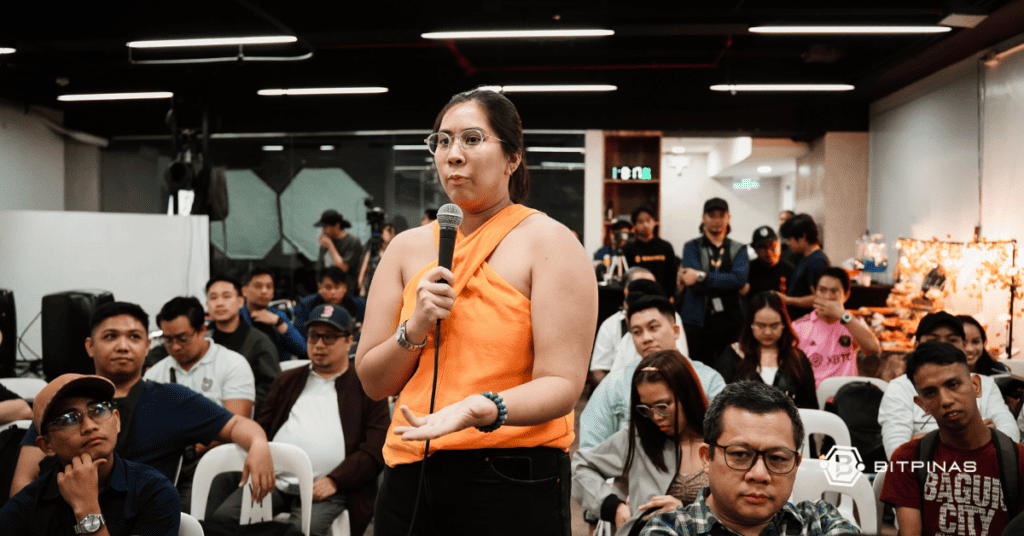
How to Bring Back Trust to Filipino-Founded NFT Projects?
- In March 2022, Kenri Ang, the founder of the Filipino NFT project Surf Shark Society informed the members of their Discord server that their outsourced developer, who goes by the name of Randy Santago, did a “rug pull” and ran away with ₱11 million-worth of funds.
- The saying “Basta Pinoy, Rug Pull” has also become a norm in the community, indicating that Filipino-founded NFT projects always end up as scams. Local projects cried foul over this sentiment.
- As per Buenaventura, “the reason why it takes 4 years for the bull market to come back is because of the trust.”
- He then asked the community if it has a “weird capacity to forget,” because some founders that have a history of rug pulling NFT projects still get a chance to launch another project and gain support from the community.
- Meanwhile, Star emphasized that to be able to win back trust from the community, NFT projects must have transparency and accountability:
- “When people are aware about regulation, I think that’s when people will trust again. The community will trust if we talk and come together, it’s like decentralization is about how we organize ourselves.”
- Also, Banayat advised that collectors should not expect gaining too much on NFT collections. Because normally, those who promise high gains are scam projects:
- “And at the end of the day, it’s all about the community. Kasi the community can recommend kung anong project ang maganda.”
Why Do Governments Want to Regulate Blockchain and Crypto?
- In July, SEC Commissioner Kelvin Lee revealed that the agency was about to release its cryptocurrency regulatory framework, but was subsequently canceled due to the collapse of FTX in 2022.
- For Banayat, it is not the blockchain technology or the crypto market itself that the governments eye to regulate, but rather the trading activities, to be able to protect consumers:
- “Mag-comply na lang tayo, kasi at the end of the day, if we won’t, “they will still implement it.)”
- Star then promoted self-regulation, which means that the community should regulate itself:
- “I think that kind of model is the middle ground where there is still recognition, but I believe that the government is not the only option for regulation.”
- This is somehow echoed by Buenaventura, who explained that because governments are looking to collect taxes, they will have to regulate crypto as a “new form of wealth.”
- However, Buenaventura said that to be fair, government regulations are here to protect their constituents.
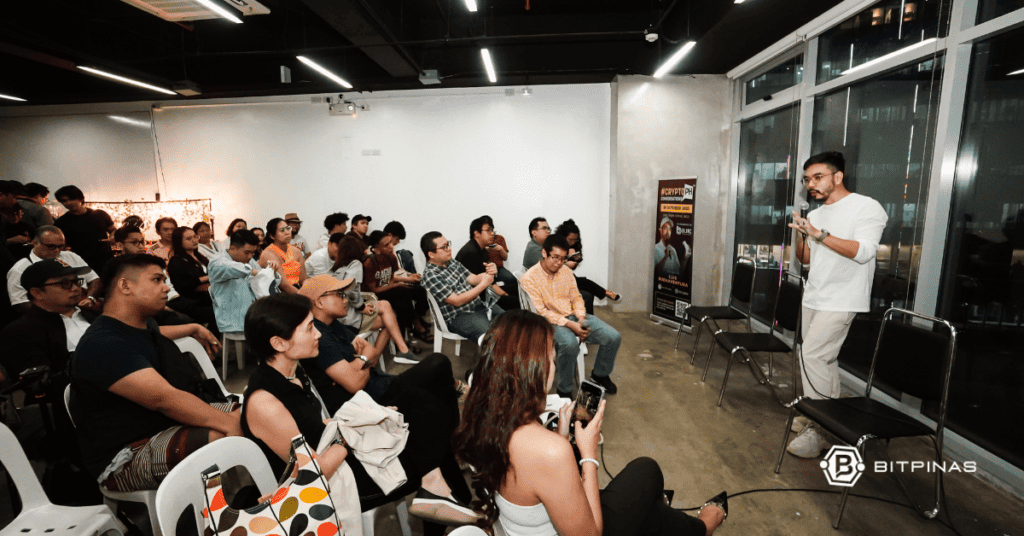
How to Battle Misinformation in the Space?
- When Buenaventura stepped down as the country manager of YGG, he pledged to continue assisting those who had been hacked or scammed and that he would continue to write about the crypto projects that are suspicious.
- Speaking about content creators who keep on promoting fraudulent projects and tokens, he stressed:
- “Call it out. The problem is, it’s really easy to be a content creator in crypto if you do not care kung tama yung pino-promote mo. One can argue, ‘is it even correct for content creators to promote certain token?’ (Because) these are actually investment, do they have the actual qualifications to promote that token?”
- “There are people that are educated and have access to resources and yet still spread misinformation. I’m pro self-regulation, the community should call it out,” Star echoed.
- He further said that if content creators wanted to be supported by the community, “they should be willing to learn and willing to change things, and that I think is something that we support them while reminding them what are the good things (to do).”
- Meanwhile, Banayat only sees one effective action to stop spreading false information in the space: “Mass report. I think the first thing to do is to call them out and yeah, mass report.”
Crypto Is Used To Finance Terrorists: Will It Affect Crypto Adoption?
- On his 27th edition of his weekly newsletter, Cryptoday, Buenaventura discussed that there were reports that revealed that Hamas militants received millions in crypto before attacking Israel.
- Even Binance admitted that it had interacted with Irianian bad actors and that the exchange was used by pro-Russia to support the country’s war against Ukraine.
- For Buenaventura, crypto being used for syndicates will probably not affect the adoption of digital assets:
- “I think what crypto donations to terrorists indicate is that crypto is such a good mechanism for sending money, including terrorists. If you think about it, every technology has good usage and bad usage. It just kind of shows that even with the best of intentions, it’s really the users that decide how to use it.
This article is published on BitPinas: Recap: CryptoPH Conversations No Holds Barred Q and A with Luis Buenaventura
Disclaimer:
- Before investing in any cryptocurrency, it is essential that you carry out your own due diligence and seek appropriate professional advice about your specific position before making any financial decisions.
- BitPinas provides content for informational purposes only and does not constitute investment advice. Your actions are solely your own responsibility. This website is not responsible for any losses you may incur, nor will it claim attribution for your gains.

